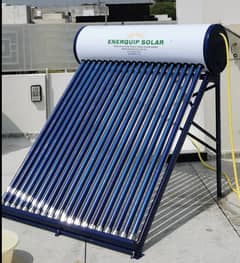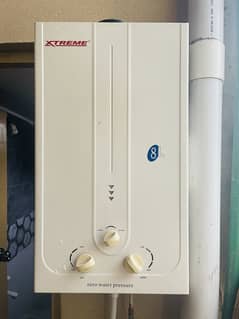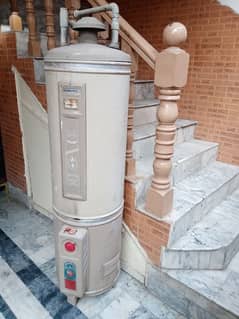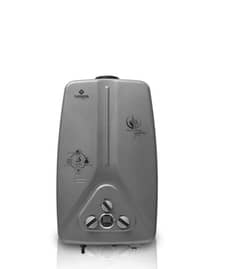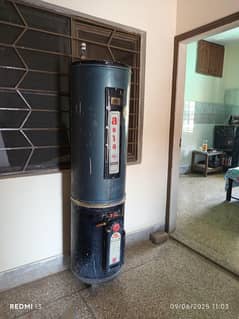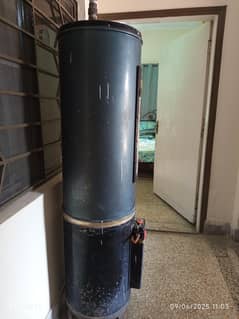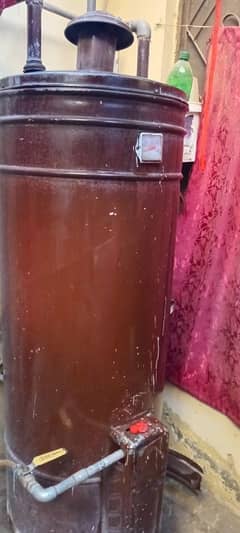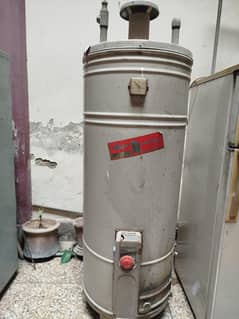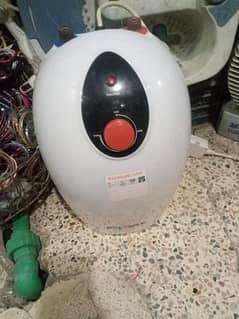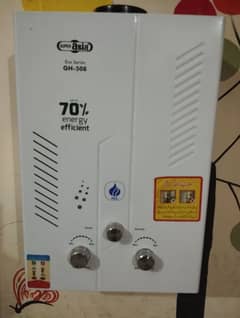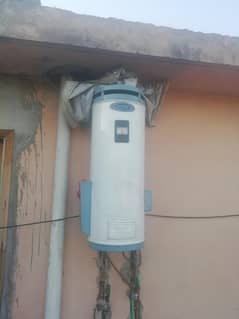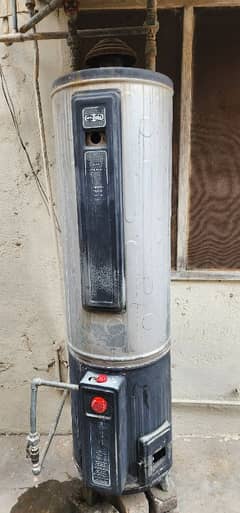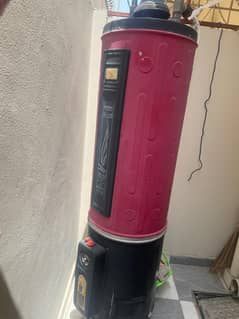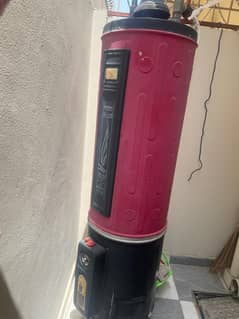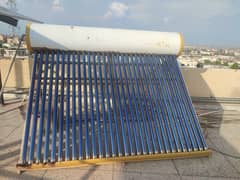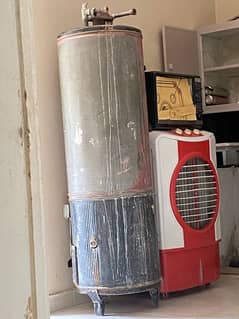Only in Geysers
Geysers in Murree Road
0 Results
Location
Bahria Town Rawalpindi(8)
Adiala Road(3)
Airport Housing Society(3)
Lalazar(3)
Muslim Town(3)
Afshan Colony(2)
ARL Colony(2)
Asghar Mall Road(2)
Bostan Road(2)
Faisal Colony(2)
Gulshan-e-Iqbal(2)
Jinnah Colony(2)
Bilal Colony(1)
Raja Town(1)
Askari 10(1)
Bangash Colony(1)
Chakra Road(1)
Committee Chowk(1)
Defence Colony(1)
Dhamyal Road(1)
Dhok Kashmirian(1)
Farooq-e-Azam Road(1)
Ghousia Colony(1)
Kallar Syedan(1)
Kamala Abad(1)
Khayaban-e-Sir Syed(1)
Mohalla Banni(1)
New Afzal Town(1)
Peshawar Road(1)
Sadiqabad(1)
Shalley Valley(1)
Tulsa Road(1)
Westridge(1)
Defence Road(1)
Price
Rs 100
Rs 50 Lacs
Want to see your stuff here?Make some extra cash by selling things in your community. Go on, it's quick and easy.


